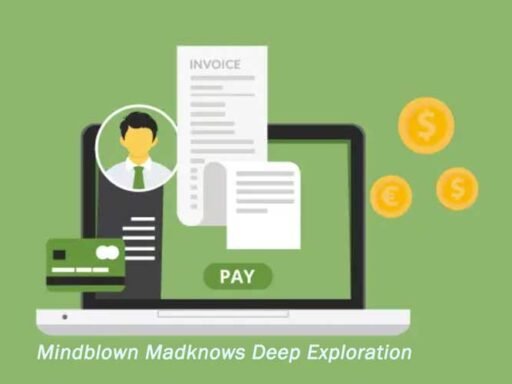Audits play a crucial role in ensuring accountability and compliance. Yet, many organizations still rely on outdated manual methods that slow progress and increase the chance of mistakes. Traditional audits can feel fragmented, with scattered data and limited visibility. The process demands more coordination and accuracy than paper-based systems can handle.
Modern audit management software replaces this complexity with structure and control. It automates repetitive tasks, centralizes records, and gives teams real-time insight into audit progress. Addressing long-standing inefficiencies helps businesses achieve accuracy, speed, and compliance without unnecessary stress.
1. Disorganized Data Storage
Manual record spreads information across multiple locations. Finding a single document takes valuable time and increases the risk of errors. Lost or outdated files disrupt continuity and delay completion. Teams waste effort searching instead of analyzing results.
A digital audit system centralizes all records in one secure repository. Documents stay organized and instantly searchable. Version tracking keeps everyone aligned with the latest updates. The process becomes faster, cleaner, and far more reliable.
2. Limited Visibility Across Teams
Traditional audits create information gaps between departments. Communication breaks down when updates are shared through emails or spreadsheets. Without clear oversight, deadlines slip and accountability weakens. The lack of transparency slows every stage of the audit.
An automated platform connects all stakeholders within one system. Tasks, notes, and progress updates appear on a shared dashboard. Everyone sees what’s pending and who’s responsible. This visibility improves collaboration and prevents duplicate work.
3. Human Error in Reports
Manual data entry exposes audits to small but costly mistakes. A wrong figure or a missing entry can distort the entire results. Correcting these issues consumes extra time and resources. Inconsistent reports also reduce trust in final outcomes.
Audit software standardizes forms, automates calculations, and validates entries before submission. These built-in checks ensure that every report meets quality and compliance standards. Reliable data supports better decision-making and smoother external reviews.
4. Time-Heavy Risk Assessment
Traditional risk reviews require manual data collection and analysis. This slows response times and reduces accuracy. Teams spend hours comparing figures and verifying details instead of focusing on key risks. Inefficient risk evaluation weakens the audit’s effectiveness.
With integrated tools, risk assessment becomes simpler and faster. Real-time indicators identify critical areas immediately. Auditors can focus resources where they matter most. The process shifts from reactive to proactive, improving overall efficiency.
5. Poor Task Tracking
Without automation, audit managers struggle to monitor progress. Updates arrive through scattered emails or verbal check-ins. Missed follow-ups lead to incomplete actions and late submissions. Deadlines pass unnoticed, and accountability fades.
A centralized system eliminates this confusion. Dashboards display active tasks, completed actions, and pending reviews. Automated reminders keep teams aligned with priorities. Every step remains traceable, creating a structured and dependable workflow.
6. Compliance Gaps
Regulatory standards evolve constantly, but manual audits rarely keep pace. Teams must check for new requirements and update processes by hand. Missing one rule can cause penalties or compliance failures. Maintaining control becomes a full-time challenge.
Modern tools simplify compliance by storing policies, updates, and checklists in one system. Automatic alerts notify users of new regulations or document changes. This consistent monitoring ensures adherence across all audits. Businesses gain assurance that every standard is met on time.
Traditional audits demand time and patience but deliver limited efficiency. Digital solutions change that completely. They organize data, reduce errors, and provide real-time control over every task. Audit management software transforms manual challenges into efficient, accurate, and transparent operations. The result is faster completion, stronger compliance, and greater confidence in every audit cycle.






